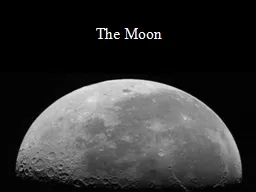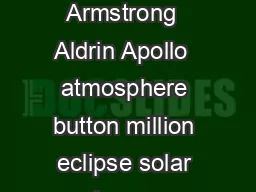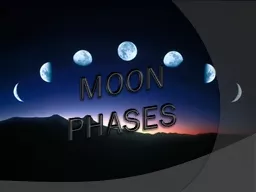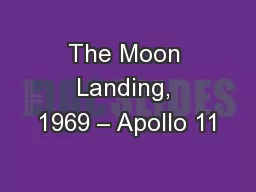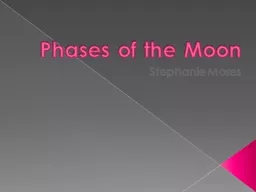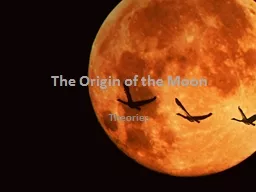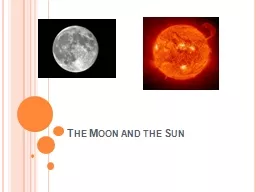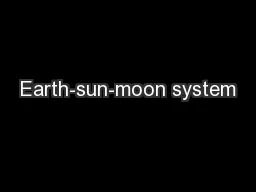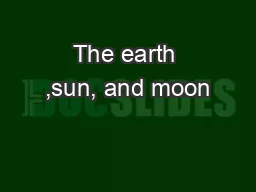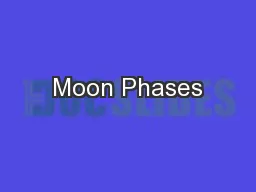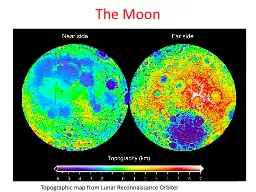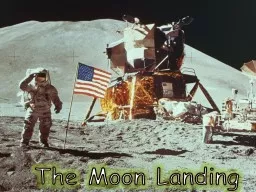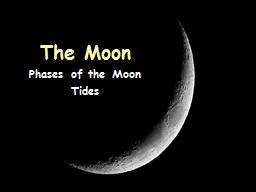PPT-The Moon
Author : natalia-silvester | Published Date : 2015-09-21
Called Luna by the Romans Selene and Artemis by the Greeks and many other names in other mythologies The Moon has been known since prehistoric times It Is the brightest
Presentation Embed Code
Download Presentation
Download Presentation The PPT/PDF document "The Moon" is the property of its rightful owner. Permission is granted to download and print the materials on this website for personal, non-commercial use only, and to display it on your personal computer provided you do not modify the materials and that you retain all copyright notices contained in the materials. By downloading content from our website, you accept the terms of this agreement.
The Moon: Transcript
Download Rules Of Document
"The Moon"The content belongs to its owner. You may download and print it for personal use, without modification, and keep all copyright notices. By downloading, you agree to these terms.
Related Documents

